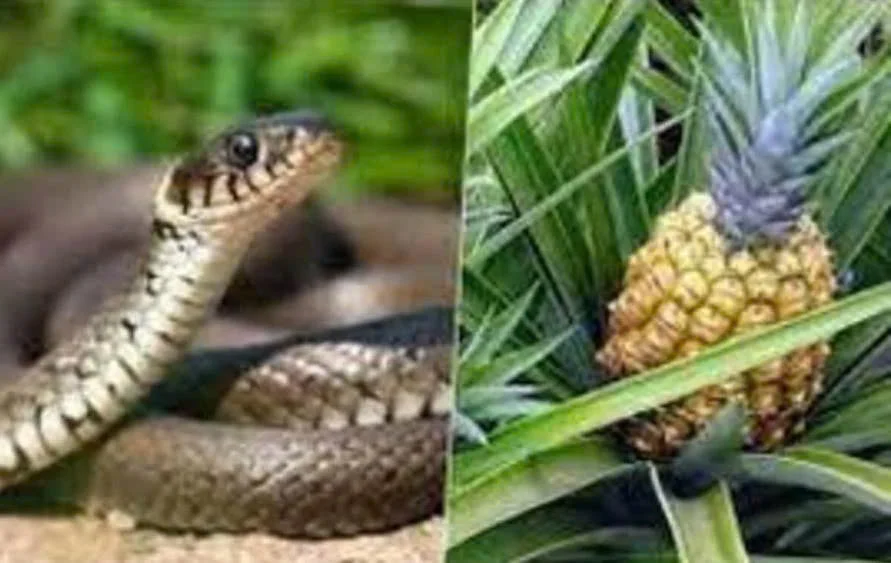Snake-Magnet Plants You Should Avoid Growing Near Your Home — No Matter How Beautiful or Fragrant They Are
Snake-Magnet Plants You Should Avoid Growing Near Your Home — No Matter How Beautiful or Fragrant They Are
Not all beautiful plants are safe to grow near your home. Some species, while aesthetically pleasing or even medicinally valuable, can unknowingly attract snakes. These reptiles seek shelter, food, and moisture, and certain plants naturally create the ideal environment for them. Knowing which plants to avoid can help reduce the risk of unwanted encounters and improve overall home safety, especially in areas prone to snake activity.

Why Certain Plants Attract Snakes
Snakes are cold-blooded animals that prefer cool, shaded, and moist environments. They are often drawn to thick vegetation that offers cover from predators and heat. Some plants also attract rodents and insects — common snake prey — indirectly inviting snakes into your garden. Dense ground cover, heavy leaf litter, and fruit-bearing plants left unmanaged can be perfect hiding spots for snakes.
Top Snake-Attracting Plants to Avoid Near Your Home
- Pineapple Plants
Pineapple plants grow low to the ground with dense, spiky leaves. This structure creates perfect shelter for snakes, especially in hot climates. Fallen fruit and residual moisture also make it an ideal environment. While pineapple is delicious and tropical, it’s better grown farther from your main living area. - Juniper Bushes and Shrubs
Junipers provide thick ground cover and trap moisture, making them an inviting habitat for snakes. Their needle-like leaves make it difficult to see what’s hiding underneath, increasing the risk of surprise encounters. - Lantana
Although colorful and fragrant, lantana can grow densely and attract insects — another indirect food source for snakes. Its bushy nature also provides ideal cover for reptiles to rest or hunt unnoticed. - Tall Grasses and Ornamental Grasses
Varieties like pampas grass, lemongrass, or fountain grass can create dense patches that make spotting snakes almost impossible. These grasses often grow uncontrollably and become snake havens if not regularly trimmed. - Ground Covers Like English Ivy or Periwinkle
Ground covers spread quickly and create a low, dense blanket perfect for snakes to glide through undetected. Ivy in particular can climb and tangle, hiding snakes vertically and horizontally.
How to Snake-Proof Your Garden
- Keep your yard tidy: Trim bushes, mow the lawn, and clear out piles of leaves or debris.
- Remove bird feeders or fallen fruits, as these can attract rodents — which in turn lure snakes.
- Avoid overwatering your garden. Moist soil increases earthworm and frog activity, both snake food sources.
- Create physical barriers like mesh fencing or crushed gravel borders that are unpleasant for snakes to cross.









